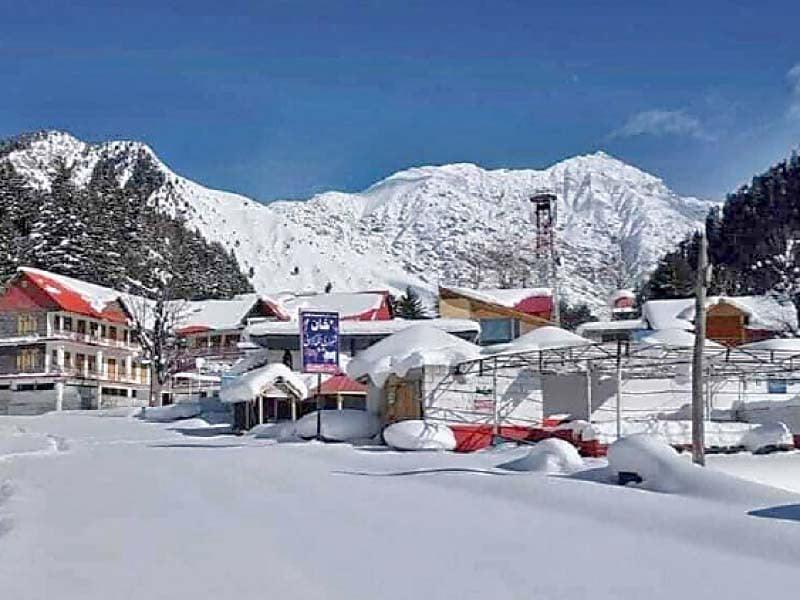Balakot:
The Kaghan Valley is experiencing abnormal weather conditions these days probably due to the effects of climate change.
The region saw the snow melt in the high mountains in April, unlike the previous year. At the end of May, Snowfall created a January atmosphere.
After more than three inches of snowfall at the top of Babusar and the surrounding valleys, temperatures have dropped and strong precipitation in the lower areas increased water flow in streams and rivers. This meteorological model should continue for the next three days.
Strong precipitation started in the Balakot region and the surrounding regions yesterday, leading to snowfall in the upper areas of the Kaghan Valley.
As a result, temperatures have been cooling and can now look more like January. With up to three inches of snow on top of Babusar, a cold wave returned to the valley and the snowfall continues intermittently. After snow on the mountains of the Kaghan Valley melted in April, there had been a notable increase in temperatures, but the rain and snow yesterday changed radically.
The four seasons of the Kaghan – Summer, winter, spring and fall valley – are impacted, with changes in weather conditions clearly reflecting the effects of climate change.
If timely measures are not taken to solve this problem, not only be the Kaghan valley will be affected, but Pakistan could also lose its distinct seasons.
Local experts in the Kaghan Valley think that several factors contribute to climate change in the region. The main reasons include unregulated construction and forest fires.
While fires in the valley forests increase temperatures, uncontrolled construction, in particular the development of cement structures, also contributes to the increase in temperature.
If urgent measures are not taken to mitigate these changes, every four natural seasons of Pakistan could be in danger.




